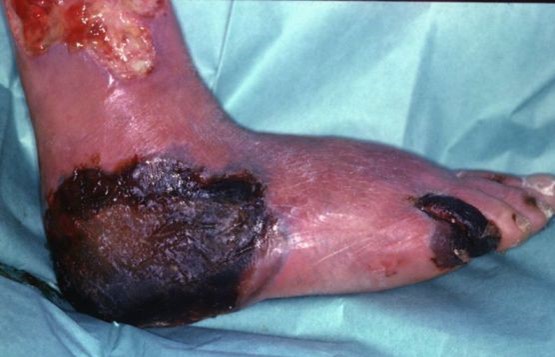The nurse is assisting the physician in completing a lumbar puncture. Which would the nurse note as a concern?
Client states a piercing feeling.
Physician maintains aseptic procedure.
Client states pressure relief in the head.
Cerebrospinal fluid is cloudy in nature.
The Correct Answer is D
Cerebrospinal fluid is cloudy in nature. Cloudy cerebrospinal fluid is a sign of infection or inflammation in the central nervous system, and lumbar puncture can be used to obtain cerebrospinal fluid for diagnostic purposes. The nurse should report this finding immediately to the physician for further evaluation and management.
Choice A, client states a piercing feeling, is incorrect because a piercing feeling is common during the procedure due to the insertion of the needle into the subarachnoid space.
Choice B, physician maintains aseptic procedure, is incorrect because maintaining aseptic technique during the procedure is standard protocol to prevent infection.
Choice C, client states a pressure relief in the head, is incorrect because this is not a concerning finding during the procedure.
Nursing Test Bank
Naxlex Comprehensive Predictor Exams
Related Questions
Correct Answer is D
Explanation
Necrosis. Necrosis is the death of cells or tissue due to disease, injury, or lack of blood supply. In the process of tissue injury, necrosis occurs in the deepest and most severe area of injury.

Choice A, Hyperemia is an increase in blood flow to an area, causing redness and warmth.
Choice B, Coagulation is the process of blood clotting.
Choice C, Stasis is a reduction in blood flow to an area, causing blood to pool and resulting in tissue hypoxia.
Correct Answer is B
Explanation
Sips of fluid may be increased if tolerated. After a barium enema, the client may be allowed to increase fluid intake to help eliminate the barium and prevent constipation.
Option A: The client will maintain a low-residue diet is not a correct answer as it is not necessary after a barium enema.
Option C: An enema will be used to clear the bowel is not a correct answer as the barium enema is itself a type of enema used to visualize the colon.
Option D: The stools may be white or clay-colored is not a correct answer as it is a potential side effect of barium use, not an instruction to the client.
Whether you are a student looking to ace your exams or a practicing nurse seeking to enhance your expertise , our nursing education contents will empower you with the confidence and competence to make a difference in the lives of patients and become a respected leader in the healthcare field.
Visit Naxlex, invest in your future and unlock endless possibilities with our unparalleled nursing education contents today
Report Wrong Answer on the Current Question
Do you disagree with the answer? If yes, what is your expected answer? Explain.
Kindly be descriptive with the issue you are facing.
